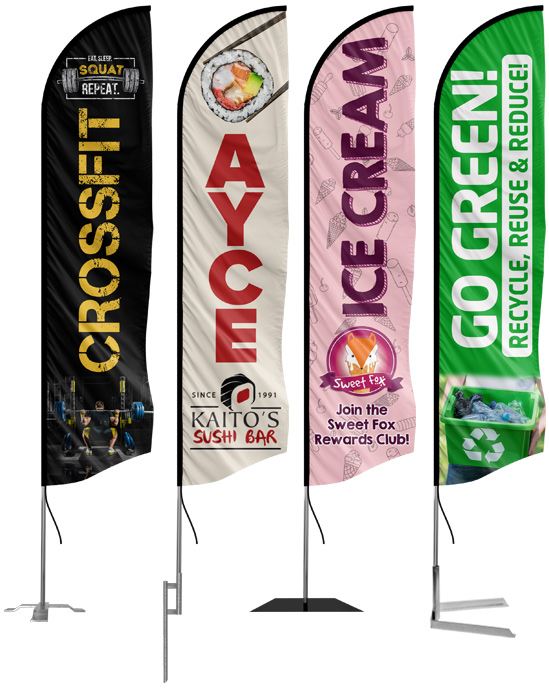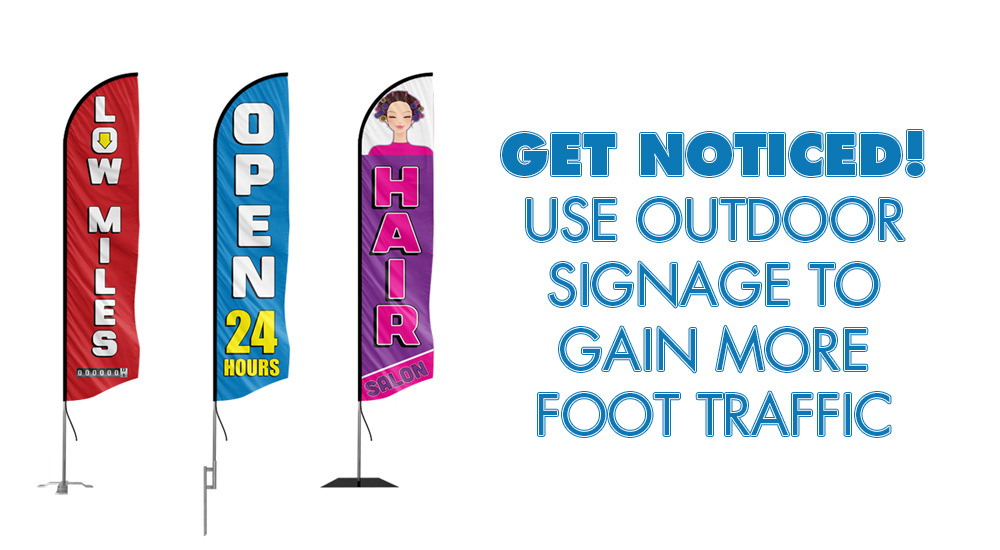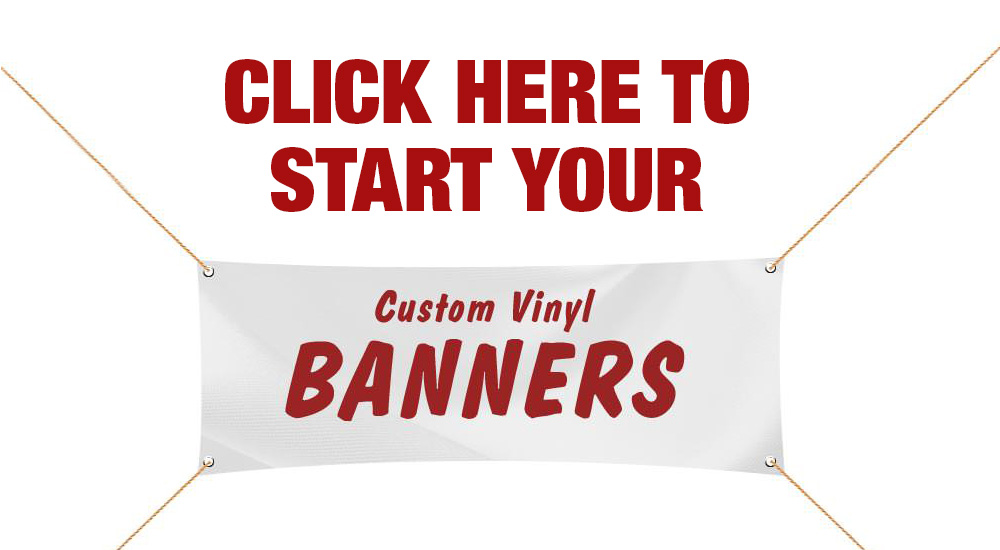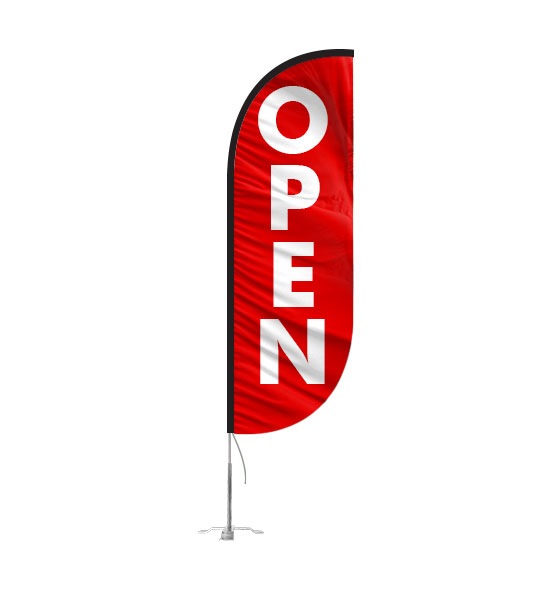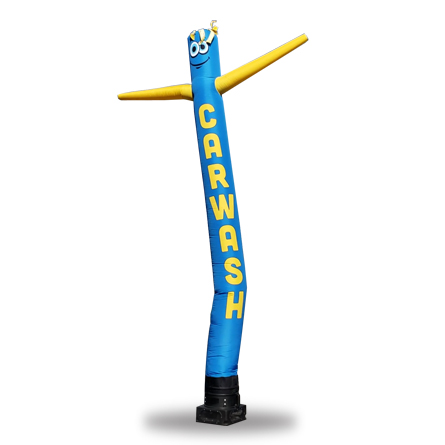5 Ways to Increase Retail Sales in 2021
The world is changing FAST! So fast in which retail companies that have been around for generations are going out of business at a rapid rate. Sears and Kmart just closed 63 stores. Best Buy closed 250 stores and Toys R Us went bankrupt and closed 735 stores across the country.
The future might look dark but there are still ways to increase retail sales in 2021. People aren’t spending less money today than they were 10 years ago. The rules to retail have changed and some companies, unfortunately, got caught in the crossfire.
Within the context of this article, we will dive into ways and/or processes to increase your retail sales through effective online and offline marketing. Some topics are advanced, other topics are simple but if you don’t change your approach to marketing in 2021 you will become another Toys R Us!
Backstory: How Retail Has Changed Forever
25 years ago the retail market was much different than the current landscape. In fact, 10 years ago, retail was our primary source of commerce. But in 2012 something changed! The iPhone nearly doubled in sales in 2012 which brought massive growth to eCommerce and mobile shopping. In addition, Amazon continued to corner the market while a fairly new company called Uber was launch conditioning society to conform to a new type of retail.

The Rise of Mobile eCommerce Shopping
Today, we live in a world of eCommerce and next-day deliveries. Amazon has altered every competitor in the market. Walmart, Target, Toys R Us, Sears, JCPenney, Macy’s, Best Buy, Kroger, and Walgreens have been affected by Amazon.
Not only have these companies been affected by Amazon but our society as a whole has been forever altered. Amazon and/or eCommerce shopping has shifted the way in which we think about brick and mortar businesses, traditional shopping malls are going out of business. Everything has changed because it’s easier to shop on your phone than it is to (1) get dressed, (2) get the kids dressed, (3) get in the car, (4) get gas, (5) drive to the store, (6) go in the store, (7) buy what you want and (8) drive home.
Mobile shopping is the new wave and it’s here to stay. In 2017 eCommerce retail sales reached a whopping $2.3 Trillion Dollars!
58% of that $2.3 trillion dollars was placed on mobile devices (i.e. iPhone, Androids, iPads) according to the study. 80% of retail shoppers used a mobile phone inside a physical store to look up product reviews and compare prices. As society starts to mature towards the idea of mobile shopping, that $2.3 trillion will only increase in the future.
This ties into our first lesson!
Lesson 1: Build a Solid Website to Retail Boost Sales

In everything you do, you get out what you put in. Therefore it’s MANDATORY to have a website that looks great and functions well. There are many companies that have an amazing product with a terrible website.
Don’t let this be you! In 2020, the number #1 contributing factor to your overall success isn’t Facebook Ads, Instagram, Pinterest or Youtube videos, it’s your website.
In this article, we’re only going to cover the basics, but in order to increase your retail sales you have to (1) Pick the Right Website Platform, (2) Put Functionality over Appearance and (3) Build Strong Marketing Funnels.
Let’s work!
Pick the Right Website Platform
Stay away from Wix, Squarespace, GoDaddy, and any DIY website builders…You’ve been warned!
I’ve been a web designer for the past 7 years so I’m very familiar with this space. The platform that you choose to create and launch your website is one of the most important decisions you will make. This choice includes your Content Management System (CMS), Hosting Provider and Themes and/or Functionality.
Choose correctly, and scale easily. Choose the wrong platform, pay the price. Literally!
Your best order of business is to create an eCommerce website powered by WordPress, WooCommerce, and ShipStation. Secondary options would be either a website built on Shopify or Magento.
All things considered, WordPress hands down is the superior choice. WordPress powers over 25% of the internet for good reason! Your ability to scale, adapt, and adjust your site design and functionality is second to none. WordPress offers the largest database of plugins for any CMS on the market. Therefore, any functionality that you can think of has already been thought of.
Hosting is important because speed is one of the main contributing factors to your Google SEO rankings. HostGator, BlueHost, and Site Ground are some of the most popular hosting providers.
Put Website Functionality Over Appearance
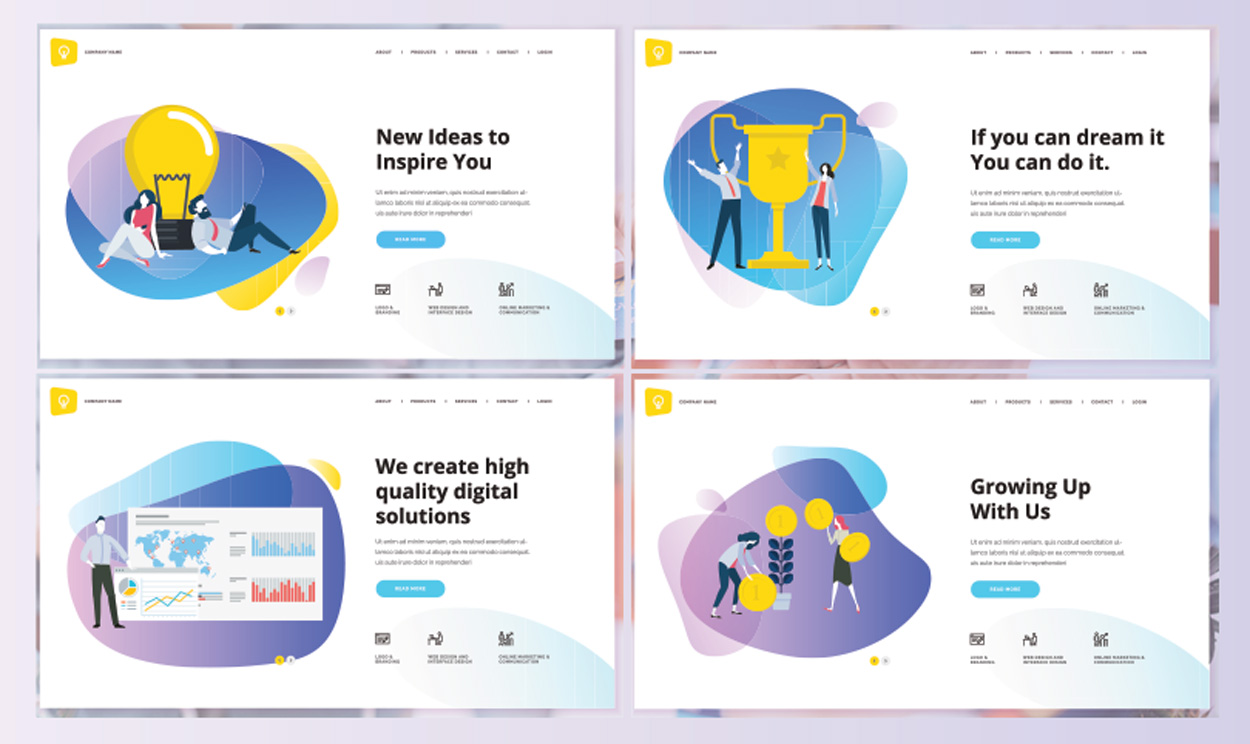
Your websites ONLY purpose is to MAKE MONEY! Whether you’re a personal brand, a small mom and pop shop or an international clothing line, your website’s ONLY PURPOSE is to MAKE MONEY!
Understood? Good!
In the early days of the internet (i.e. Pre-2009) website’s functioned as fancy brochures to educate visitors about a product or service. But with the recent rise of digital marketing the ability to monetize your website is becoming common knowledge. So let me share some common knowledge!
Your ability to monetize your website is based on your website’s functionality – not design. How? Money is based on a function (i.e. financial transaction) therefore it’s wise to build easy-to-use functional elements to increase the number of conversions.
Pretty sites don’t make money!
In design theory, you learn that “form follows function”. This means that functionality is king and design is a representation of a great function. This further means, build your website’s function on paper then wrap your design around that scaffolding.
In order to do this, you must identify must-have features for your retail website. Before you pick a theme or hire designers and developers, identify your strategy (more on this later). To have a successful eCommerce website you must follow a set of guidelines which include but not limited to having a (1) search bar, (2) payment gateway, (3) customer log in/portal, (4) FAQ page, and (5) terms and conditions.
Lastly, test, test, test! Test everything to improve function. Conduct A/B testings. Survey your existing and new customers to identify holes in your user experience. Use Crazy Egg to track the eye movements of your site’s visitors, use WooCommerce to collect payments, and OptinMonster to collect emails.
This is just the tip of the iceberg but remember function, function, function! Form (i.e. design) follows function!
Build Strong Marketing Funnels for Retail
Funnels. The 2020 way to effectively market online!
Do you want to make more money? Build funnels to convert potential customers into paying clients. A funnel goes a little something like this (1) user lands on a website, (2) user clicks product, (3) user adds the product to cart, (4) user doesn’t buy, so they exit the website, (5) the user gets an automated email to come back to the website, (6) 3 days pass and the user sees an ad on Facebook to finish the purchase and (7) user comes back to the website to place an order.
Old Navy, Walmart, Costco, and Amazon all use funnels on their website. The term marketing funnels were coined or popularized by Clickfunnels founder Richard Branson and for good reason. Funnels will automate the labor-intensive process that takes up most of your time. When you build strong funnels, it’s like hiring 10 new employees to sell for your company 24 hours a day on autopilot.
Marketing funnels can include but are not limited to social media, email newsletters, landing pages, and webinars. Your online store should have different sales funnels, each asset can be automated and/or used to convert high levels of traffic to your website.
Lesson 2: Create a Bulletproof Retail Marketing Strategy that Works
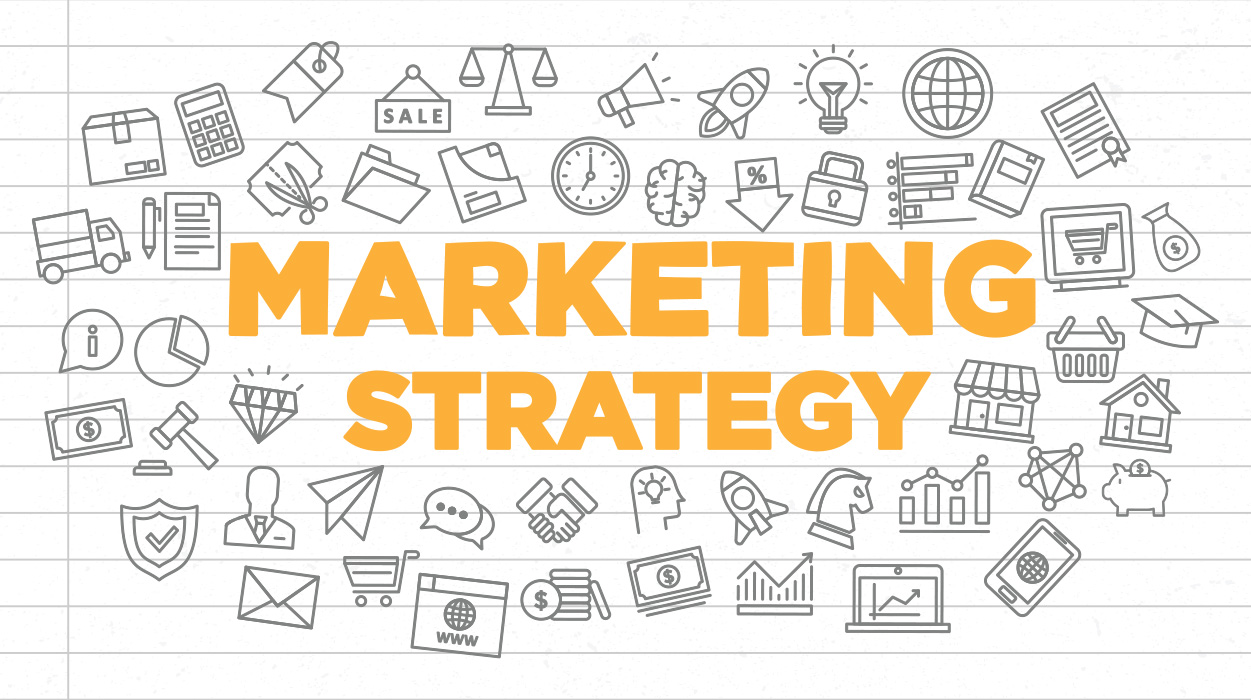
Strategy! You will hear this word from me on a daily basis.
No seriously! With my wife, my son (i.e. he’s only 2-month old) with my team and myself, I’m BIG on strategy. Marketing is easy. It’s the strategy that’s tough. To create a marketing strategy that works you must first identify a couple of key elements.
The 1-Page Marketing Plan by Allan Dib is a fantastic book. His approach to marketing is simple and/or can be contained to 1-Page. For the purposes of this article, I will only focus on the prospecting aspect of marketing which is defined as (1) Your Target Market, (2) Your Message to Your Target Market and (4) The Media You will Use to Reach Your Target Market.
CLICK HERE to access the PDF layout of Allan Dib’s 1-Page Marketing Plan.
Let’s Jump In!
Pick a Person, Pick a Tribe (Your Target Market)

Choosing a target market is a very, very tough task. They don’t tell you this, but in some weird way I’ve always felt as if I picked one target customer, I would miss out on all the others. But this isn’t the case!
To create a retail marketing strategy that works you must first identify who you’re marketing to. Then you must identify the culture and/or tribe this person is apart of.
For example, let’s say that I own a retail company that sells shoes and socks to high-school basketball players. My target customer would be high-school basketball players between the ages of 12 – 17 years old who like technology, hip-hop, and NBA 2K. But if I stopped there and only focused my efforts on marketing to my target customer, I will lose a tremendous amount of business because my focus was too narrow.
After you’ve identified your target customer you must identify his/her tribe.
Let me explain! Remember, my retail company sells shoes and socks to our primary target – a high-school basketball player! But this customer is associated with other markets that overlay with my brand/products which include: College/Professional Basketball Players, Other Sports (Football, Baseball), Training/Mini-Camps, Sporting Good Stores (i.e. Footlocker), Coaches, Assistant Coaches, and Staff.
See, I can focus the majority of my marketing efforts on my target customer, but I can expand my market share, increase income, and diversify if I can find a way to serve the tribe.
In conclusion, pick a person, pick a tribe, and get to work!
Produce High-Quality Content (The Message to Your Target Market)
Content isn’t King!
It’s King, Queen, and the whole damn Army! Everything you ever do, everywhere you ever go, there will be content.
Content, content, content…Content, content – you get the point!
After you’ve picked your person and picked your tribe, you should master how to speak to them. The message you craft for your target market is the difference between failure and success.
This is why Content is King!
Your words have the ability to inspire people to act. So you must craft the words and content for your business to inspire a transaction but more importantly: build a loyal fan base.
Everything matters. Your website copy, product descriptions, video scripts, Google Search Results page, packaging labels, emails, social media content – EVERYTHING matters. Everything you say and how you say it must register and connect with your core audience.
Understand the lingo, use the slang – it’s a vibe! Hire a copywriter to help craft messages that work. For starters, focus on your target customers’ pain points, explain the benefits, list the features.
Focus on producing high-quality content on a consistent basis.
Social Media + Blogging (Reach Your Target Market)
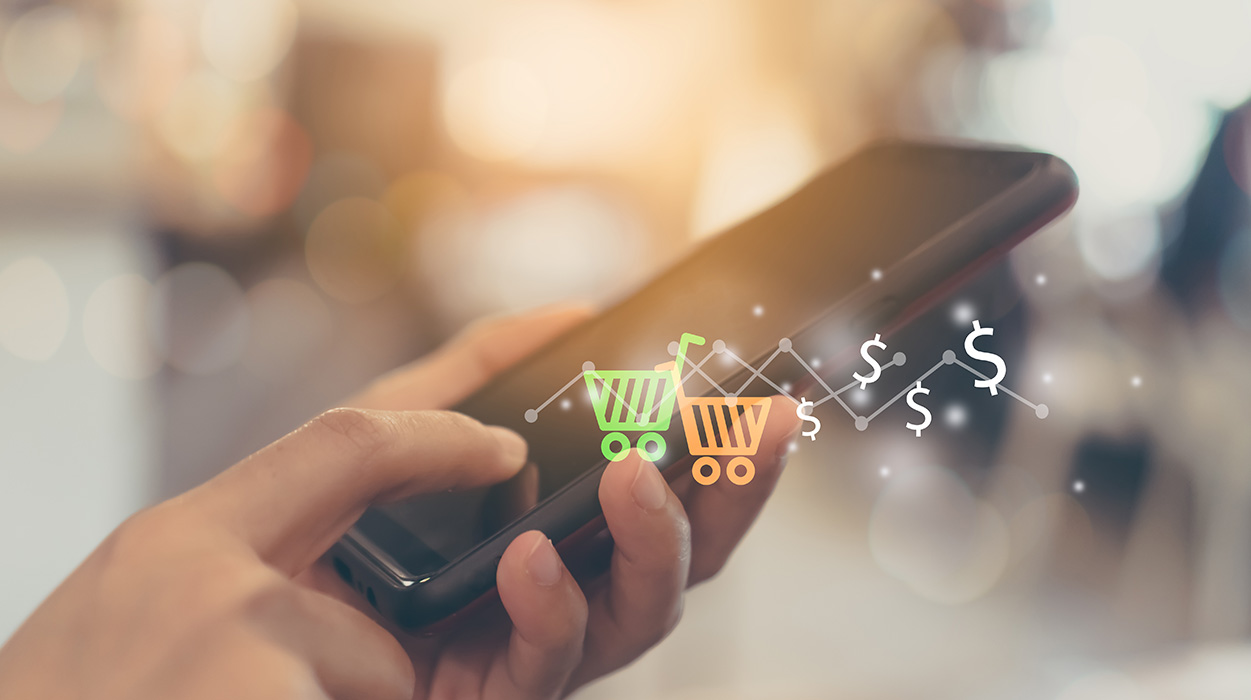
If you’re not using social media in 2020, you’re done. And if you’re not out of business by now, in 10 years you will be!
I’ve heard countless business owners boast that they don’t use social media like it’s a badge of honor. Like somehow their lack of social media marketing is affecting social media. Let me tell you something, whether or not you live to see tomorrow, the sun is still going to rise in the morning. Whether or not you decide to use social media to market your business, other businesses will, and those businesses will thrive and prosper.
Now before we get into the details, not knowing how a blog or use social media correctly is different from someone who’s unwilling to learn. If you’re willing to learn but don’t know what to do, that’s fine. But if you’re unwilling to learn and feel social media and/or blogging isn’t for your business, then you’re unable to adapt and adjust to the marketplace. And you remember what happens to companies who can’t adapt and adjust – Toy R Us!
In order to reach your target market effectively, it’s important that you use both (1) blogging and (2) social media to attract customers.
Why?
When you blog and/or write evergreen content that stays on the web forever. So, you’re playing the long-term game. But when you use social media to market your business you’re playing the short-term game.
Let me explain. When you blog, you’re creating content that users will search for on a consistent basis. For example, “How can I Fix my Flat Tire” is a query that is searched now and will also be searched in the foreseeable future. Therefore, if you write an evergreen post (i.e. content that is always relevant) you will consistently get visitors and traffic to your website from ‘said’ post.
Long-term!
Now, when you use social media marketing to promote your business you’re going for the short-term game. Instead of throwing a Hail Mary, you’re going for a short 3-5 yard run or a short pass to flat (i.e. for my American Football fans). Social media is good to advertise your current offers, connect with your target market, and engage your core base to build relationships. When you utilize social media marketing, you will continue to get visitors to your website as long as you’re consistent.
Short-term!
So, in order to market effectively, you have to combine both short and long-term marketing tactics to be successful. For eCommerce retail businesses, Instagram & Pinterest are the best platforms to use.
Instagram is the Godfather of online imagery. The right images coupled with the right copy will connect with the right audience. On the Gram, your business has the opportunity to scale to reach people and markets across the globe. You can display your products, share your story, and use the power of word of mouth (i.e. other users) to increase brand awareness and increase retail sales.
Pinterest on the other hand functions more like Google. Pinterest isn’t a social media platform at all, it’s a search engine! This is where the power lies. Use Pinterest to craft content to meet a specific query answer. For example, let’s say that I own a retail company that sells shoes and socks to high-school basketball players.
On Pinterest, I can create an infographic to answer the search query “The Best Basketball Socks” or “Stance Socks”. So when a user searches Pinterest for the said query, my infographic will pop up with a backlink back to my website. Do this 20 times on your most relevant search topics and the rest is history!
Lesson 3: Increase Foot Traffic with Outdoor Signage
This lesson is going to be short and sweet. Here it goes – GET ATTENTION BY ANY MEANS NECESSARY!
See, I wrote that line to get your attention. You’re reading this sentence but your eyes still see the previous sentence in peripheral. That’s the point!
The same holds true when you use outdoor signage for your retail business. If you own a brick and mortar location, feather flags, tube man, banners/signage are all forms of getting attention. Each serves a different purpose but they can all be used in conjunction to increase your foot traffic.
Let’s get into it.
Banners/Signage
A store without signage isn’t a store, it’s a location. Some form of a sign is important to signal who you are, what you do, and what you sell. If you’re in a heavy traffic location, professional signage is a must. That way people see and judge your business based on the quality of your sign.
Use decals to signal your brand (i.e. name, color, tagline) but use in-store signage to lead your customers through your store to make a purchase.
Feather Flags
I don’t know where you live but I live in Los Angeles, CA. Feather flags are big business! Why? Because when you live in an urban community with so much competition, a feather flag can be the difference between making the sale or losing the customer.
Feather flags are GREAT fast-moving cars and heavy traffic areas. Yellow and red tend to be the most popular colors but any color at 15 ft. height will get a second look from potential customers. Keep your design simple, your colors bold and your message clear. Your customers will see your logo and message from afar (i.e. 30 feet), come into your store, and complete a purchase.
To purchase a custom feather flag click HERE.
Tubeman
Lastly, the most aggressive but effective form of outdoor marketing is Tubeman. This guy is a wild one!
You’ve probably seen tube men at your local fair, concert, or professional football game. A tube man can reach anywhere between 10 – 20 feet in the sky. You can’t miss him, you WILL see him!
Use this form of marketing when the competition is fierce and/or you want to guarantee to get attention. For example, if you’re a vendor at a music festival and there are 20 other vendors, a Tube Man will separate you from the competition. If you own a business that’s in a not so great location, a Tube Man will increase your foot traffic.
All things considered, outdoor signage is a tried and true method for effective marketing. Create a custom Tubeman HERE and pick up a couple of banners or feather flags HERE.
Final Words
To compete in the marketplace is tough work, don’t get it twisted! But if you own a retail business and you have a quality product that you love, you can make a lot of money in this business. We’ve covered a couple of core marketing tactics to increase your retail sales but this is just the tip of the iceberg. Keep learning, keep growing, and keep hustling, Stay Focused!
Have any questions? Contact Us! Send us an email at sales@featherflagnation.com or give us a call at 1 (877) 900-5692. We are open M-F from 8am-4:30pm PST
REQUEST A DESIGN NOW & GET FREE SHIPPING
